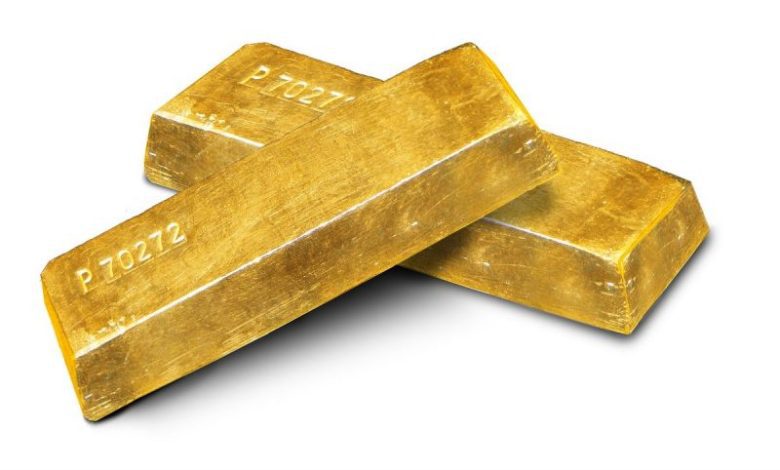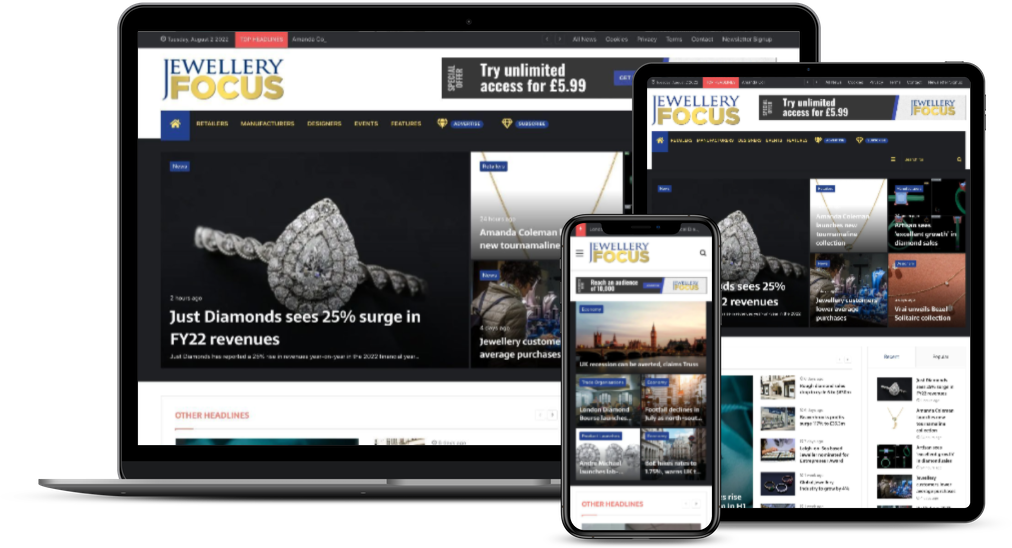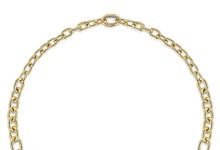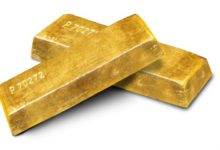Gold demand in 2018 gets off to quiet start as investment slows
Global jewellery demand was roughly flat at 488t, down 1% on Q1 2017

Gold demand had a soft start to 2018, reaching 973 tonnes (t), the lowest first quarter since 2008, according to the World Gold Council Q! 2018 trends report.
This was largely caused by a fall in investment demand for gold bars and gold-backed exchange-traded funds (ETFs), as a subdued gold price environment hampered demand.
Global jewellery demand was roughly flat at 488t, down 1% on Q1 2017. Demand in China was buoyed by holiday demand, and US demand continued to improve in response to the supportive economic backdrop.
China, Germany and the US drove weakness in bar and coin investment: global demand was down 15% to 254.9t. The range-bound gold price undermined investor interest in these markets, although China’s weakness was partly due to exceptional strength in Q1 2017.
ETFs saw their fifth consecutive quarter of inflows. Holdings grew by 32t, due solely to growth in North America. Investment in the first quarter was mixed, with rising interest rates on the one hand, and a sharp spike in stock market volatility on the other. As gold prices were relatively subdued, many investors lacked a clear signal.
Central banks added 116t to global official reserves in Q1 2018. This was the highest Q1 total for four years and in line with average quarterly purchases since Q1 2010 of 115t. Russia, Turkey and Kazakhstan again dominated the list of central banks buying gold, adding 91t between them.
Alistair Hewitt, Head of Market Intelligence at the World Gold Council, commented: “Relatively solid global economic growth, coupled with the return of volatility in the capital markets in February, created a stable environment for gold in Q1 – while equity markets around the world came under pressure, the gold price rose.
Although demand was down year-on-year, we saw encouraging levels of jewellery demand in China, the US and Europe, continued growth in the technology sector, and steady inflows into ETFs, albeit at a slower pace than last year. Solid inflows into central bank reserves also highlight the ongoing relevance of gold as a strategic asset for institutional investors.”
The total supply of gold increased by 3% in Q1 2018 to 1,064t, due to increased mine production and net hedging. Mine production and recycling levels both saw fractional increases compared with Q1 2017, at 770t and 288t respectively.












